Save our rainforests!
Join us on a totally tropical jungle trek…
Packed with wonderful wildlife and epic ecosystems, our incredible rainforests cover about 6% of the Earth’s land surface. Discover why these fantastic forests are so important to our planet and how YOU can help save the rainforest!
Virtual expeditions!
– Visit the Amazon rainforest with Google Earth!
– Have a roar-some wildlife encounter on your smartphone with Google’s AR animals! Simply Google any of the animals in the list below, and if your phone is compatible you should see this card:
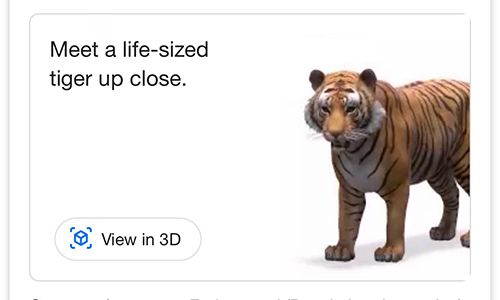
Tap ‘View in 3D’ and enjoy!
- Alligator
- Angler fish
- Bear
- Brown bear
- Cat
- Cheetah
- Deer
- Dog
- French Bulldog
- Golden / Labrador Retriever
- Pomeranian
- Pug
- Rottweiler
- Duck
- Eagle
- Emperor penguin
- Goat
- Hedgehog
- Horse
- Leopard
- Lion
- Macaw
- Octopus
- Panda
- Penguin
- Raccoon
- Shark
- Shetland pony
- Snake
- Tiger
- Turtle
- Wolf
– Read Rainforest Alliance’s stories of kids and students who live in or near rainforests!
Super habitat!
Different types of rainforests can be found on all of Earth’s continents, except in Antarctica. At 5.5 million square kilometres, the Amazon rainforest is by far the biggest! Stretching over nine countries, the Amazon rainforest is home to the planet’s largest living collection of plants and animals!
Tropical rainforests are found in five main places – Africa, Asia, Australia, Central America and South America. These wonderful forests are warm, humid and get at least 250cm of rain a year – although sometimes it can be almost double that, at 450cm!
DID YOU KNOW?
A raindrop can take ten minutes to fall from a rainforest’s thick canopy to the floor.
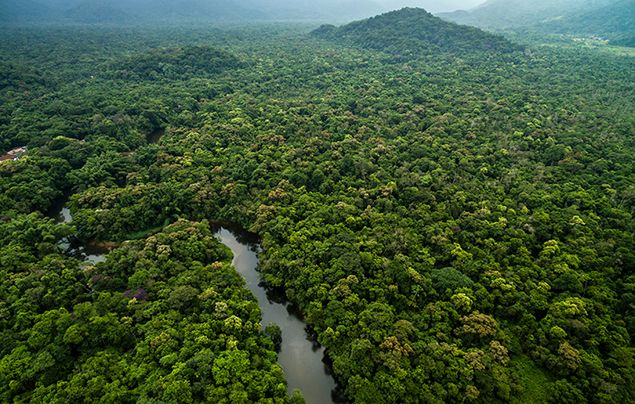
Rainforests not only provide the world with air, water, medicine and food, they’re also home to 400‐500 indigenous people who live in tribes. Each tribe has its own language, culture and territory – and it’s thought that around 50 of these tribes have never had contact with the outside world!
These beautiful forests also play an important role in limiting climate change, as their rich vegetation takes carbon dioxide (a greenhouse gas) out of the air and releases oxygen. Sadly, many rainforests are being cut down for timber or to make way for roads and farming – a process known as ‘deforestation’. The good news, is that charities and conservation groups are working to protect these awesome ecosystems – read on to see how you can help too!
DID YOU KNOW?
If the Amazon rainforest were a country, it would be the ninth biggest in the world!
Wonderful wildlife!
Rainforests are home to millions of different kinds of plants, animals and insects – with many still to be discovered! In fact, half of all animal and plant species live in these tropical forests, including weird and wonderful things, such as fungi that smells like rotting food, 2,000‐year‐old trees, flesh-eating piranhas, and black howler monkeys – whose calls can be heard from almost 5km away!
Sloths
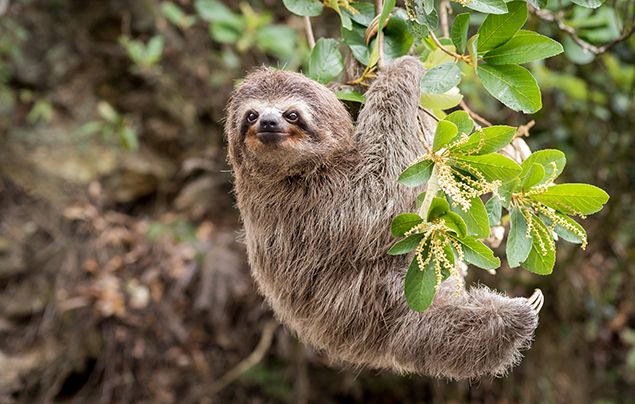
The world’s slowest mammal, sloths are so inactive that green algae grows on their furry coats! These slow‐movers spend nearly all of their time in rainforest treetops, sleeping for up 20 hours every day. When they’re not snoozing, sloths munch on leaves, shoots and fruit. These sleepy critters sometimes fall out of their treetop homes into rivers – luckily their long arms mean they’re surprisingly good swimmers!
Poison dart frogs
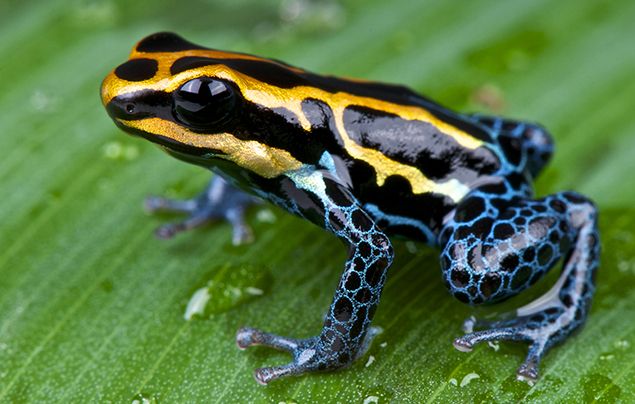
The poison dart frog is one of the most brightly coloured – and poisonous – animals on the planet! It uses its vibrant skin colour (which can be yellow, gold, copper, red, green, blue, or black) to scare off predators – warning them of the deadly venom that its skin produces. One particular species – the golden poison dart frog – has enough poison to kill ten men!
DID YOU KNOW?
Electric eels produce an electric signal to stun their prey – their shock has even been known to knock a horse over!
Okapi
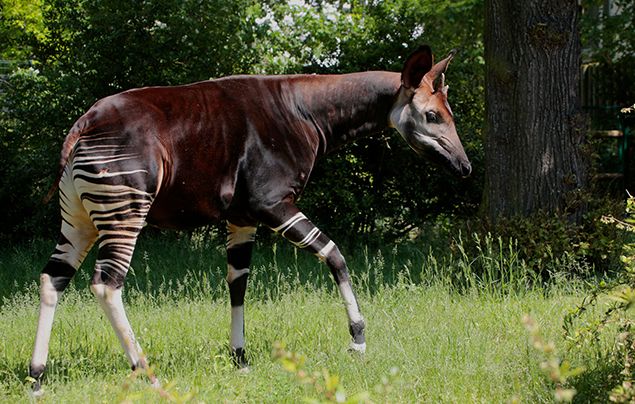
Looking like a cross between a deer and a zebra, the okapi can only be found in the Ituri rainforests of the Democratic Republic of Congo. Its striped hindquarters and brown hide act as camouflage, helping it blend into the dense vegetation of its rainforest home. The giraffe’s only living relative, the okapi is often called the ‘forest giraffe‘!
Capybaras
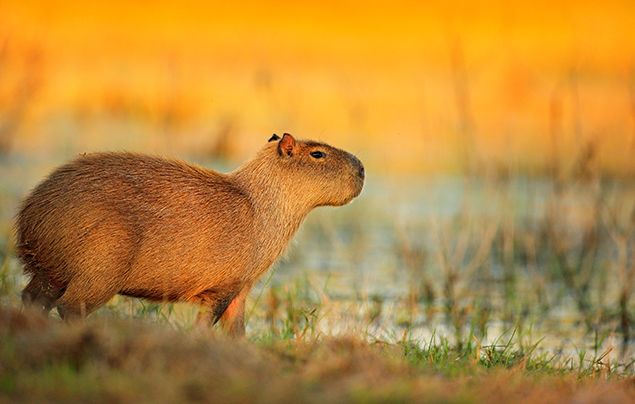
The 60cm‐tall capybara weighs a whopping 45kg, making it the biggest rodent on Earth! Closely related to guinea pigs, these furry critters live in dense vegetation near lakes, rivers and streams. Capybaras are good at swimming, which is just as well, as they often hide from predators by jumping into nearby water and remaining submerged for up to five minutes! Like other rodents, capybaras’ teeth continue to grow throughout their lives, so they wear them down by chomping on aquatic plants and grasses!
DID YOU KNOW?
At over 9m long, 30cm in diameter, and weighing over 250kg, the green anaconda is the largest snake in the world!
Planet protectors!
The health of our rainforests may be at risk, but there are tons of incredible people working hard to protect them and the amazing animals that live there…
Cool campaign
When 12‐year‐old Asha Kirkpatrick and her sister Jia, 10, found out a big cereal company used palm oil – one of the biggest reasons for deforestation in the world – they started a campaign to get them to reconsider. The sisters, from Bedfordshire, UK, started an online petition and got around a million signatures, which led to the cereal company deciding to only use sustainable palm oil in its products from now on. So cool!
Rainforest hero
A man in Ecuador, South America, has spent 40 years regrowing his own patch of rainforest to help turn the tide on deforestation. Omar Tello gave up his job as an accountant to restore a small corner of the Amazon that had been cleared and used as farmland. Now Omar’s on a mission to encourage other landowners to do the same! Awesome work, Omar!
Art action
UK artist, Jelly Green, went to South America to paint, but after seeing the affects of deforestation there, she wanted to help protect the Brazilian rainforest. So Jelly, from Ipswich, donated £9,000 that she made from a recent exhibition and bought a patch of land near Rio de Janeiro. The plot will be looked after by REGUA, a group of Brazilian conservationists!
How YOU can help!
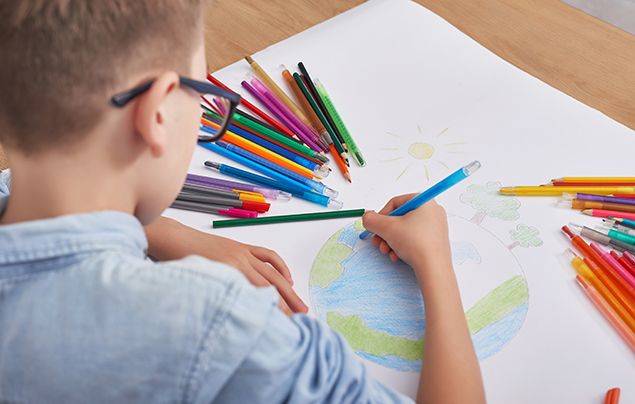
Did you love learning about our amazing rainforests? Do you feel inspired to help protect them? Here’s how you can lend a hand without even leaving the house…
Club together!
Start a group with friends and message each other with fun ways to help the rainforest. As a group, you could design informative posters to show the world how important the rainforests are – each of you can display your poster in a window at home. You could even do it to raise money for an organisation working to help our rainforests!
Look for labels!
Ask your parents to buy food – things like bananas, chocolate and avocados – that are grown in a sustainable way that’s safe for the rainforest environment, wildlife, and people. That goes for bathroom products too, like shampoo, conditioner and soap. If a product has the Rainforest Alliance or Fair Trade logo on it, you know that the farm, forest or company that provided it have created it sustainably!
Adopt!
Consider adopting an endangered animal that depends on the rainforest, like Bengal tigers, through a wildlife charity.
MAKE MONKEY MASKS!
Ask an adult to cut eye‐holes in a paper plate and make a small hole on either side of it. Paint or use pens to colour in your mask, or glue on crumpled‐up tissue paper for fur. Next, cut some paper into ear shapes and glue them on. Then just thread some string through the small holes, tie a knot on each end and wear your mask!
Remember gang, if we all work together, these amazing habitats and the animals that live in them can get the protection they need.
Do you feel inspired to save our rainforests? Let us know by leaving a comment, below!
More Like
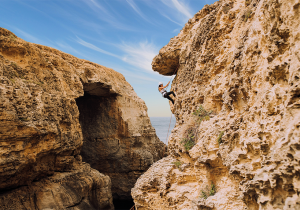
Family summer holidays
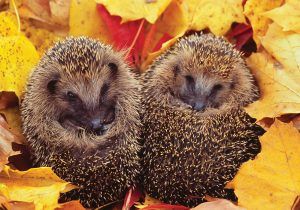
10 fascinating facts about hibernation
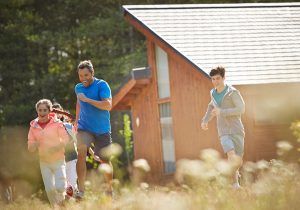
Win £500 worth of Forest Holiday vouchers!
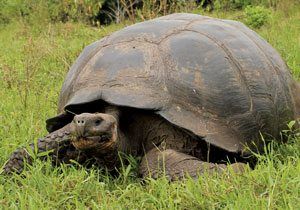








LEAVE A COMMENT
THANK YOU
Your comment will be checked and approved shortly.
WELL DONE,
YOUR COMMENT
HAS BEEN ADDED!
COMMENTS
this is the best website!
Whoohooo! Let's save the planet!
lets take action
good
Let's take action!
CUSTOMIZE YOUR AVATAR